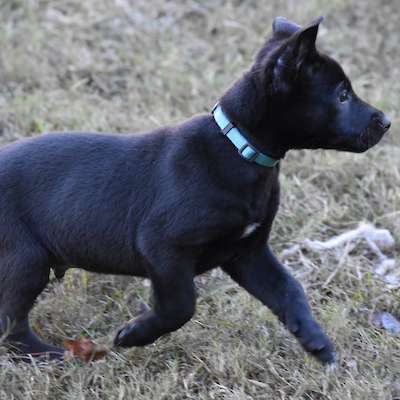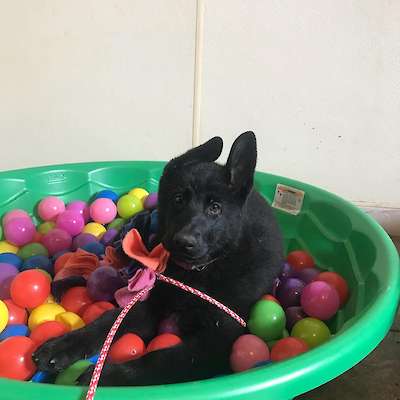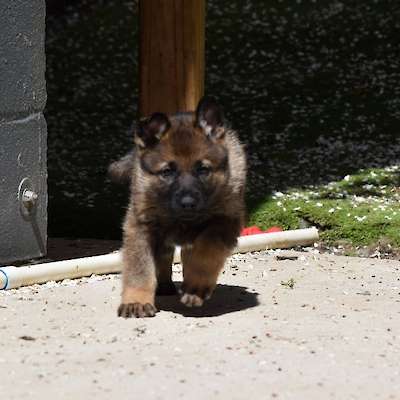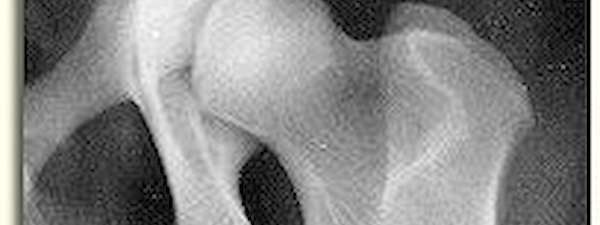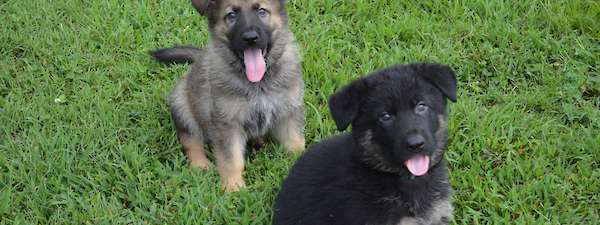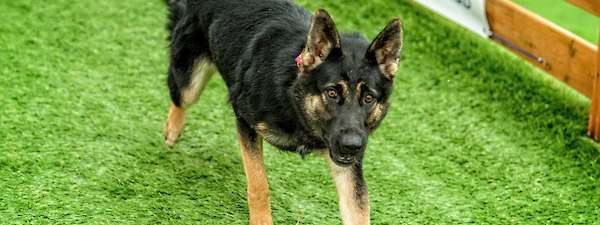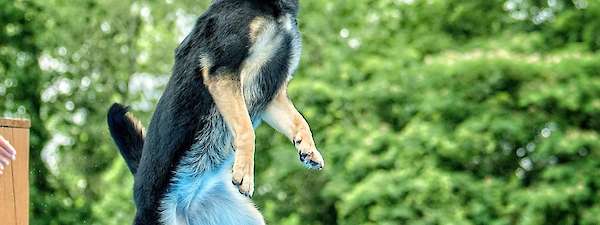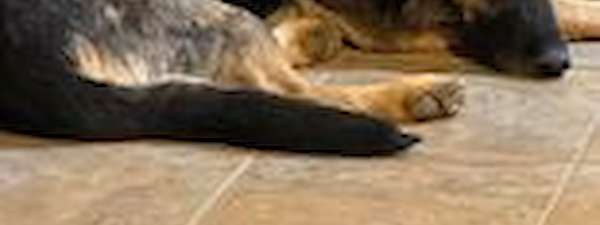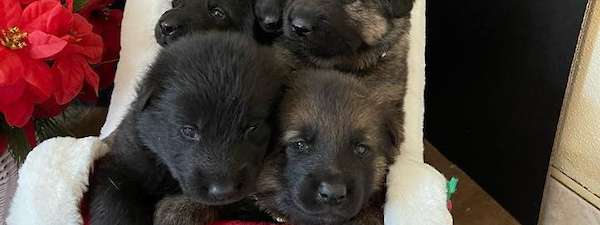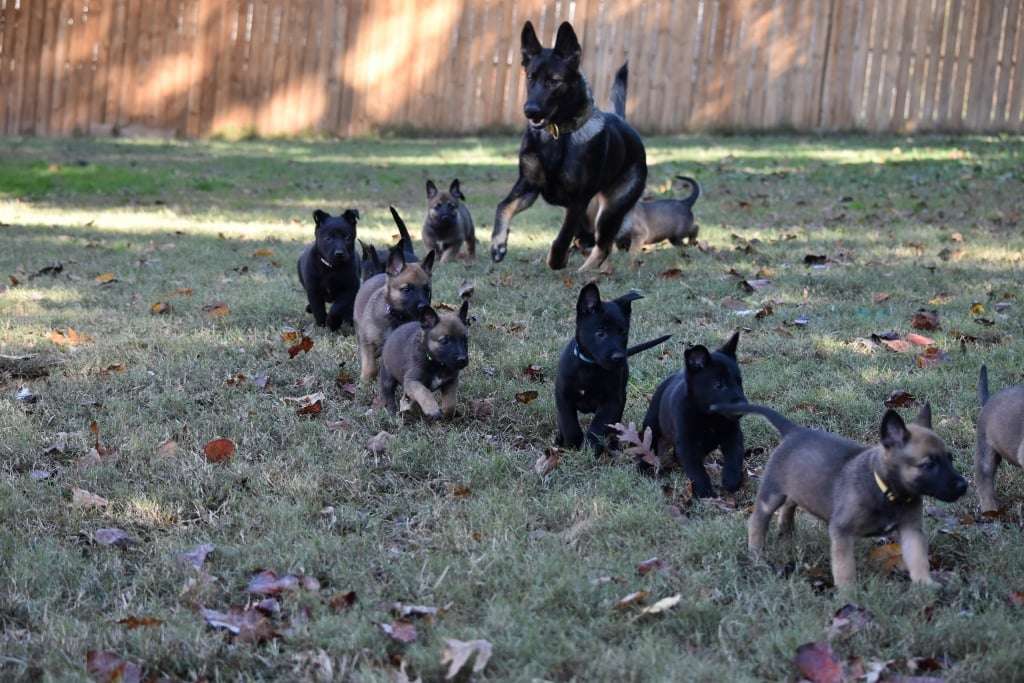
The Importance of Teaching Your Puppy How to Be Alone
Dogs are extremely social creatures, so isolation can be stressful. Rather than hoping your puppy gets used to being alone, there are things you can do to ensure he’s calm and confident whenever he’s by himself.
It’s likely your new puppy has never been alone before. It’s unfair to expect him to go from constant companionship to an entire eight-hour workday on his own. Start by teaching him to be alone while you are still in the house. A safe confinement area, like an exercise pen or crate, is perfect for this purpose. Alternatively, you can limit your puppy to a small and safe area with baby gates. Dogs are den animals, and if you use a crate or exercise pen appropriately, they will see it as a place to relax rather than as a punishment.
To help your puppy associate his confinement area with good things, feed him meals inside of it. If the area is large enough, you can also spend some time playing in there together. To entice your puppy, set aside special toys he only gets inside his crate or pen. When he’s happy to enter the confinement area on his own, you’re ready to start alone-time training.
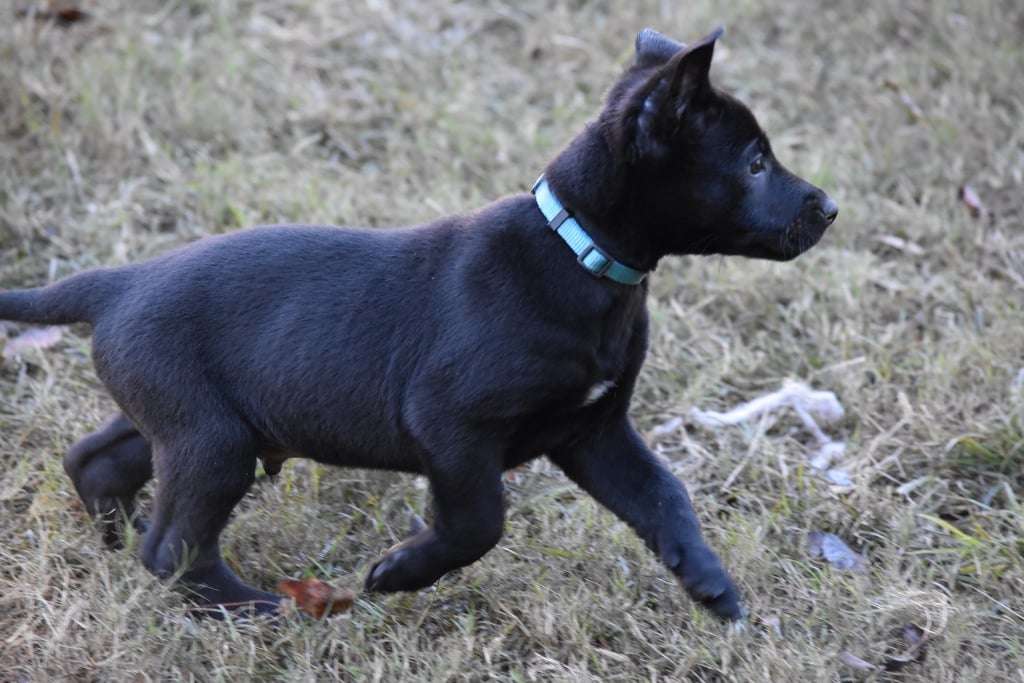
Begin by closing your puppy in the confinement area, then quietly walking out of the room. Return immediately and reward him with praise and a treat. Repeat the process several times, slowly increasing how long you’re away each time. In the beginning, even one or two minutes might feel too long for your puppy, but over three or four days, you should be able to build up to fairly long periods of time.
As the time span increases, return to check on your puppy periodically. If he is quiet and calm, reward him with low-key praise and a treat before leaving to continue the countdown. Don’t make too much fuss when you check on him; you don’t want your puppy to miss you when you leave the room.
If your puppy is crying in his confinement area, you’ve likely started the training before he’s learned to associate the area with good things, or you’ve left him alone for too long. Don’t make a habit of letting him out when he fusses, otherwise you will teach him that whining opens the door and earns attention. Instead, shorten his time in the confinement area to what he can handle, and build the time more slowly.
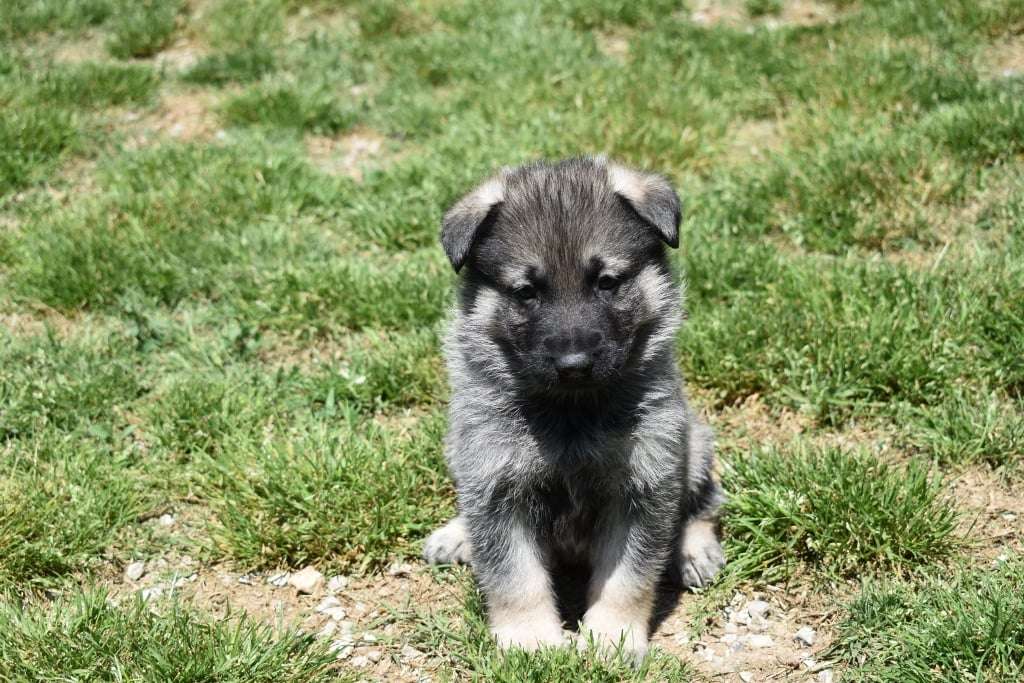
To teach your puppy to be happy when he’s alone, you need to give him a way to pass the time without getting into trouble. In other words, give him something constructive to do whenever he’s in confinement. A perfect activity is chewing on a chew toy stuffed with food. Toys such as Kongs are excellent for this purpose because the food coming out of the toy will reinforce the chewing behavior. In time, you will end up with a chew toy addict that would rather chomp on his toys than the baseboards. Other ways to keep your puppy busy include using edible chews like bully sticks, leaving food hidden around the confinement area, or providing food-releasing puzzle toys.
Now your puppy should understand that even when you are at home, he won’t always be the center of attention. In fact, he should look forward to being on his own because he associates it with chew toys and treats. But most importantly, he won’t connect your leaving the house with him being alone. You should be able to head to work or the grocery store without worry.
If you’re unable to spend time at home with your puppy while you work on his alone-time training, consider finding a puppy sitter. A neighbor or friend might be happy to read or watch TV in your house while your puppy rests in his confinement area. Even better, your friend can help with your puppy’s potty training and give him lots of attention in-between confinement sessions.
Remember that confinement in the exercise pen or crate is only temporary. Once your puppy is confident on his own, and he understands potty training and the rules of good behavior, you can start giving him access to your home while you are away, one room at a time. The goal is an adult dog that is relaxed, self-assured, and can be trusted with more freedom.
